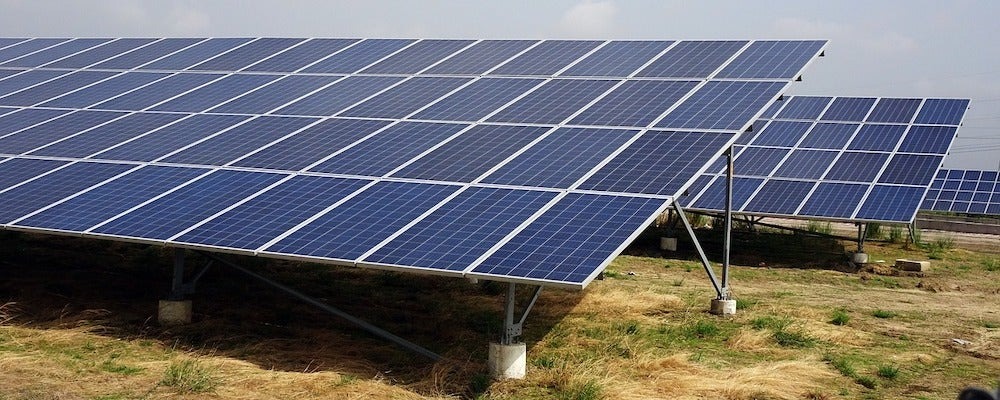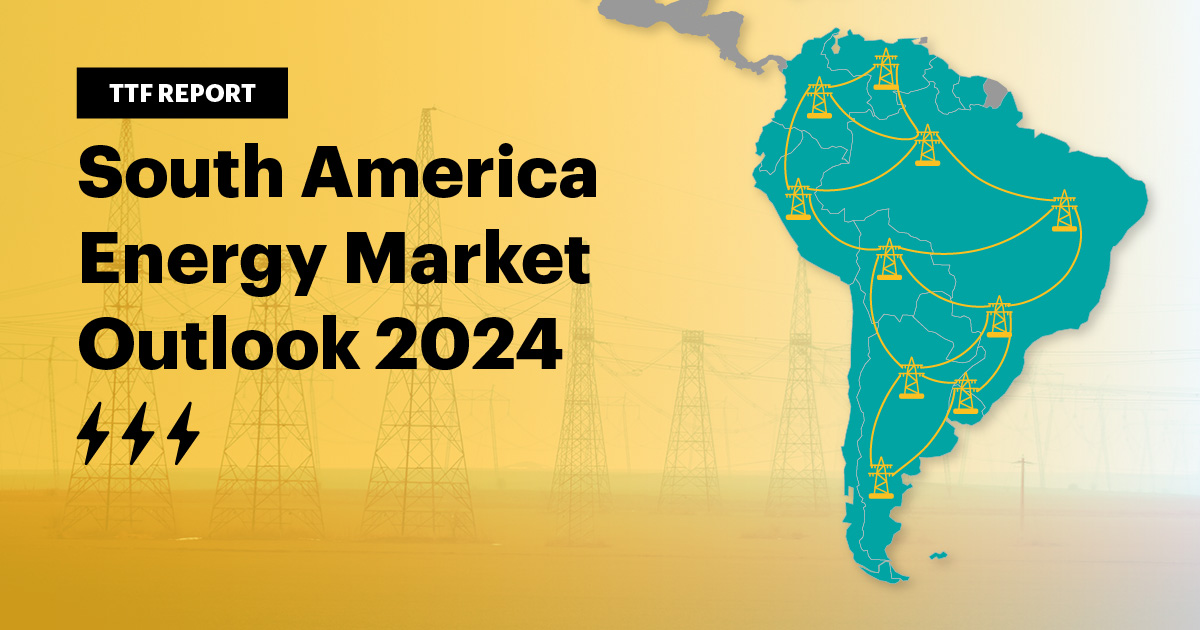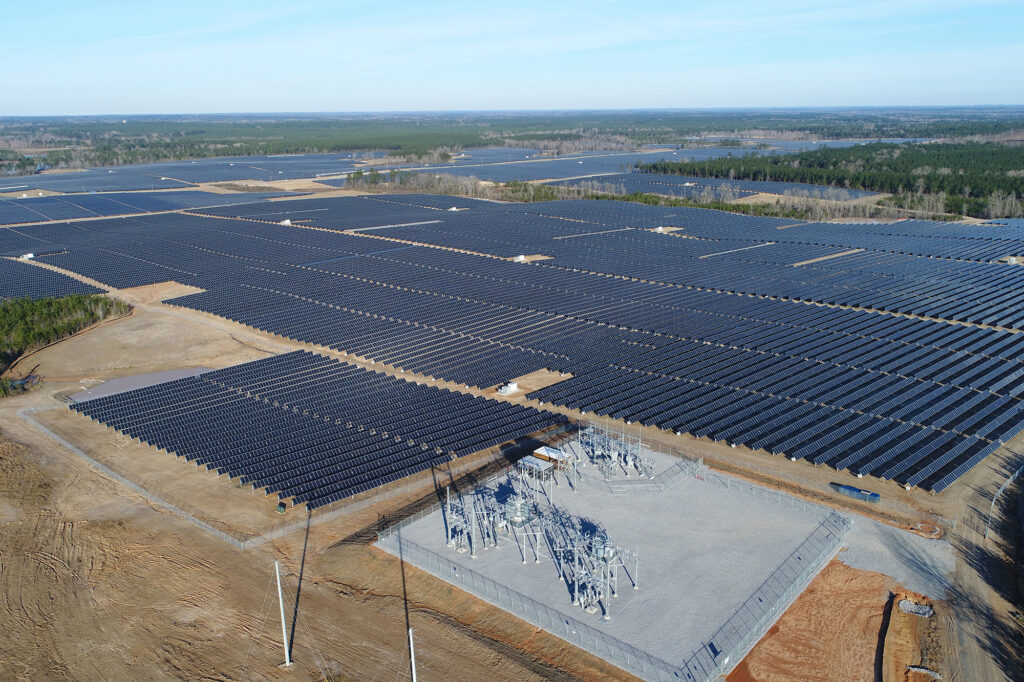
South America has some of the most abundant solar resources ideal for solar energy development. Solar energy is a clean and renewable source of electricity that contributes to lower carbon emissions. Solar energy can reduce reliance on fossil fuels and hydroelectric power. This helps the region to reduce its climatic conditions and enhance their energy security and resilience. It also reduces the need for water-extensive energy sources to preserve water resources. Most of the South American governments are implementing policies and incentives that promote renewable energy. These include tax breaks, subsidies and feed-in tariffs for solar power.
A corona ring is a component used in high-voltage overhead transmission lines to mitigate the effects of corona discharge. Corona discharge is a phenomenon that occurs when the electric field intensity around the conductor exceeds the breakdown strength of the surrounding air. It helps to distribute the electric field around high-voltage equipment and reduce the peak field intensity. Corona rings help to maintain the efficiency and reliability of the transmission system.
South America is witnessing a rapid growth in solar energy adoption from the several trends soon. Such trends could help industry stakeholders make informed decisions and capitalize on the growing solar energy market in the region. These trends include distributed large-scale solar projects, energy storage integration and solar tracking systems. Types of solar thermal projects include concentrated solar power and solar water heating.
Solar thermal projects in South America
Solar thermal projects harness the energy from the sun to generate heat which then converts to electricity. These systems use concentrated sunlight to heat a fluid, creating steam that drives a turbine o generate electricity. Current solar thermal projects in the region include the Cerro Dominador in Chile which combines a 100MW solar power tower with a 100MW PV plant. Countries like Brazil and Argentina are exploring the potential for CSP plants to complement their existing renewable energy portfolios. Corona rings reduces the production of ozone and nitrogen oxides which can have harmful environmental and health effects. The following are the potential for solar thermal projects in South America.

- Solar resources – the plenty solar resources in regions such as Chile, Argentina and parts of Brazil make it ideal for solar thermal projects.
- Energy independence and security – solar thermal projects can reduce reliance on imported fossil fuels and enhance energy security. This could help the countries to manage energy supply risks and price volatility.
- Environmental benefits – solar thermal energy is a clean and renewable source of power. It contributes to reductions in greenhouse gas emissions. This could lead to alignment with global climate goals.
- Grid stability – concentrated solar projects can incorporate thermal energy storage systems. This is to allow for electricity generation. This could help enhance the grid stability and ensure a reliable power supply during peak demand periods.
Challenges facing solar energy projects
Solar thermal projects could enhance South American energy infrastructure. It however faces several challenges that could hinder their development. It is important to address these challenges to ensure the successful deployment and operation of these projects. Overcoming these obstacles could help to harness the potential of solar thermal energy and contribute to the region’s sustainable energy future. Corona rings have the ability to distribute the electric field around high-voltage equipment which helps in maintaining reliability. The following are the common challenges facing solar thermal projects.

- High initial costs – solar thermal projects need significant upfront capital for construction and technology deployment. There are high costs related to land acquisition, infrastructure development and the installation of advanced solar thermal technologies. Securing funding for large-scale projects can also pose a challenge.
- Infrastructure and integration – developing the necessary transmission infrastructure to connect solar thermal plants to the grid is also a challenge. Integrating intermittent solar thermal power needs advanced grid management and storage solutions.
- Water usage – some of these technologies need water for cooling which can be a challenge in arid areas. There are innovations in dry cooling methods that could reduce water consumption.
- Technological and operational challenges – there is an ongoing challenge in improving the efficiency and reliability of solar thermal technologies. There is also need for research and development to enhance the performance of heat transfer fluids, thermal storage systems and solar collectors.
